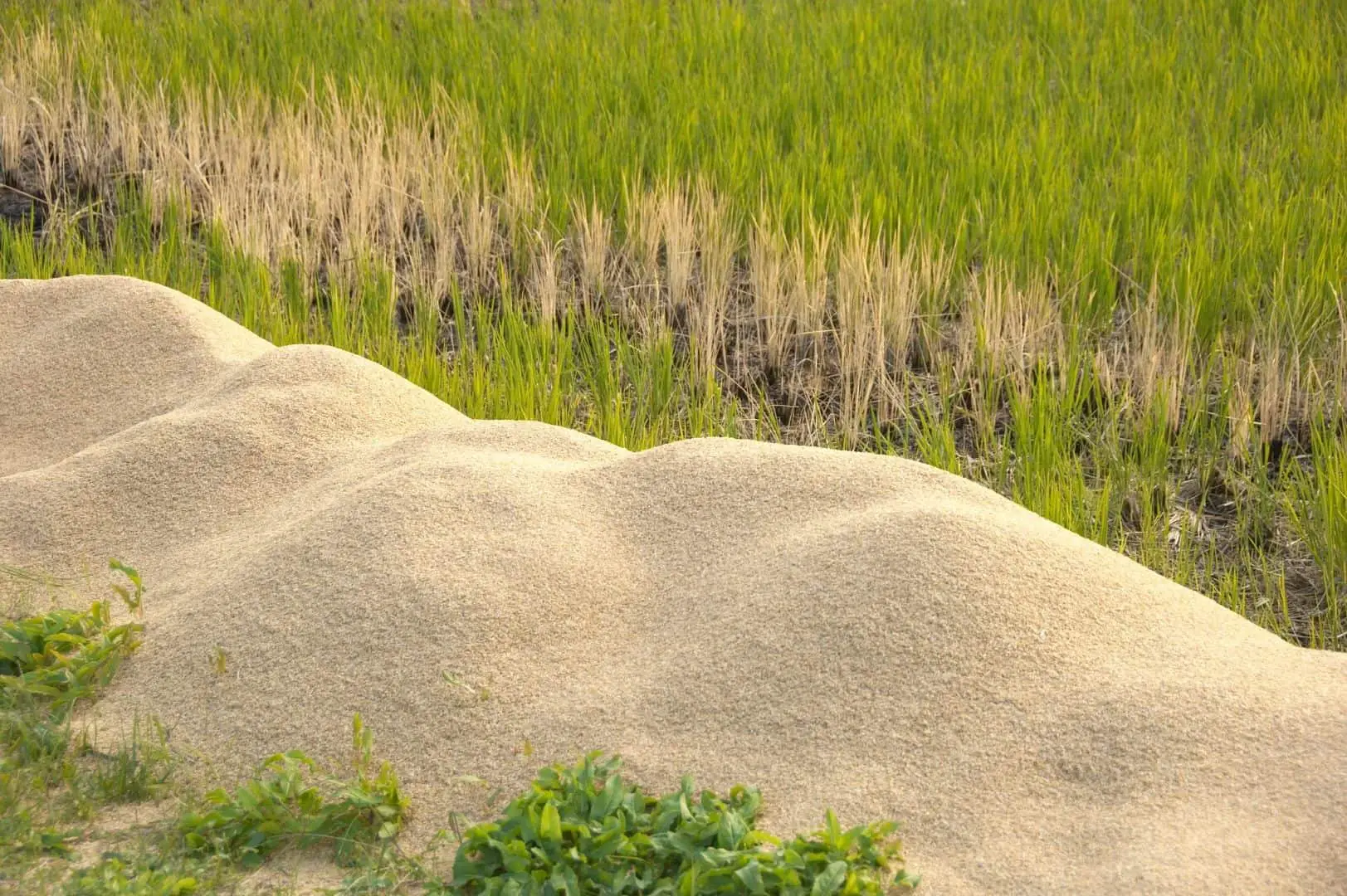Why Rice Hulls Bad for the Environment?
Disclosure: Your purchases through our links may earn us a small commission, supporting our site’s ability to provide valuable information to our readers. Rest assured, it won’t impact your price. Thank you for your support.
Rice hulls are a by-product of the rice milling process. They are used as a feedstock for hydroponics and other forms of agriculture.
But there is growing concern over their negative environmental impact. Here we will take a closer look at it.
What Are Rice Hulls?
Rice hulls are the hard outer layer of rice kernels. They are often used as a feedstock for livestock or as a fuel source. They are removed during the milling process.
What Are Rice Hulls Used For?
Rice hulls are commonly used as a growing medium in hydroponics, a type of agriculture that uses water instead of soil to grow plants. They are also used as a mulch or additive to animal feed.
In hydroponics, we use rice hulls because they are lightweight and absorb water well.
What Are the Benefits of Using Rice Hulls Instead of Other Hydroponic Growing Mediums?
It is important to note many benefits of using rice hulls instead of other hydroponic growing mediums. For example, rice hulls are sterile and do not contain harmful chemicals. Additionally, they are relatively lightweight and easy to transport. Read 10 Reasons Why Rice Hulls Are Great for Hydroponic Plants to learn more benefits.
Why Are Rice Hulls Bad for the Environment?
Rice hulls are generally considered environmentally friendly because they are a by-product of the rice milling process. However, there is growing concern over their negative environmental impact.
There are several reasons why rice hulls can be bad for the environment:
- The problem with rice hulls is that they are often left in the field after harvest. This can lead to soil erosion and decreased crop yields.
- Rice hulls can also pollute waterways when they decompose. This is because they release methane, a greenhouse gas. Methane is a powerful greenhouse gas that contributes to climate change.
- They can pollute waterways if they are not disposed of properly.
- They can take up valuable farmland that could be used to grow food crops.
- The burning of rice hulls creates air pollution.
- Rice hulls can absorb large amounts of water, leading to flooding.
What Can Be Done to Reduce the Environmental Impact of Rice Hulls?
There are a few ways to mitigate the environmental impact of rice hulls:
- One way is to use them as mulch or compost instead of disposing them in landfills.
- Rice hulls can be used as fuel for power plants or incinerators.
- Reuse rice hulls in the rice milling process. This can help to reduce waste and save energy.
- Rice hulls can use to produce biogas as per several kinds of research as they produce methane.
- Finding new uses for rice hulls so that they are not left in fields or waterways.
- Properly dispose of rice hulls to prevent pollution.
- Encouraging farmers to use rice hulls as a mulch or an additive in animal feed.
Despite environmental concerns, rice hulls are still widely used as a hydroponic growing medium. This is because they are relatively inexpensive and easy to obtain.
Related: How to Set Up a Hydroponic Garden Using Rice Hulls?
What Could You Use as the Alternative Growing Medium in Place of Rice Hulls?
You can use a few alternatives in place of rice hulls.
1 . Coco coir
Coco coir is an effective growing medium because it is lightweight, absorbent, and not compressed. It is a sustainable alternative that is made from coconut husks. Learn how to grow hydroponic plants with coco coir?.
2 . Perlite
It is a type of volcanic glass that has a honeycomb-like structure. Perlite is often used in hydroponics because it is sterile, does not hold nutrients, and improves drainage. Rice Hulls vs. perlite as a hydroponic growing medium will give you a better understanding of their comparison.
3 . Vermiculite
It is a type of mica that expands when heated. Vermiculite holds onto water and nutrients well, making it a good choice for hydroponics. Learn how to grow vegetables using vermiculite in hydroponics?
Bottom Line
It is crucial to consider the environmental impact of rice hulls before using them in your hydroponic system.
However, if you decide to use rice hulls, there are a few ways to reduce their impact, as mentioned in this post. Additionally, there are several alternatives that you can use in place of rice hulls.
Do experiments and learn more about hydroponics and rice hulls.
Thank you for reading!
Also, read 10 Characteristics of Ideal Hydroponic Growing Medium.
If you are looking to buy one or several growing mediums for your garden, click the below-shown links to buy a suitable one.





